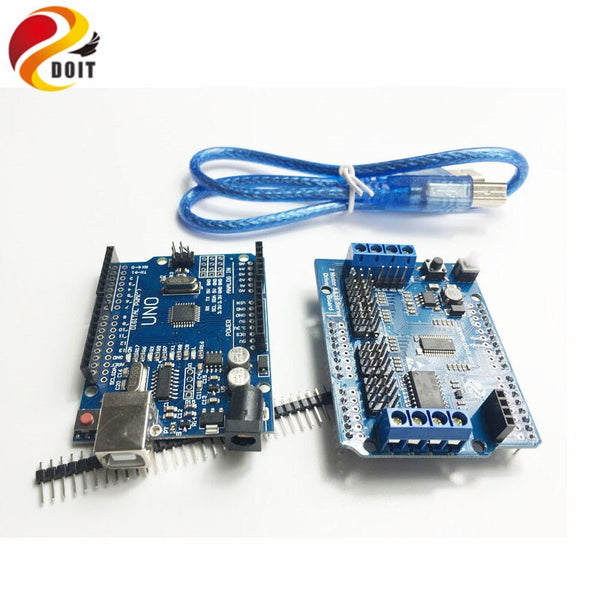Table of Content
If the phone still doesn't have a dial tone, then the phone itself is likely broken, or the cord isn't working. The proximity of your power line could lead to noises demonstrated as an electrical hum. That’s why phone lines are wired separately and far from high power lines.

The text blow will try to give as much information for all the possible problems. Test each pair of phone wires to see if there are any faulty lines. If there are no connectivity issues, it’s likely that your wiring is not faulty. If you detect a connectivity issue, test the wiring that goes into each phone jack to see where the issue is occurring. The first time I saw one of the newer boxes was a bit over 15 years ago.
Checking Your Telephone Line
Working on telephone wiring during a lightning storm can be fatal. Whether above ground or underground, they still are all vulnerable to lightning. There will be a network interface box outside your home that needs to be disconnected for the line you wish to check. Remove the plug and then go back inside to remove the line plug from every device.

It’s best to try the number several times before you assume something is wrong. However, spread out your calls so that you aren’t constantly dialing the number. This will temporarily disconnect the phone line from your home so you can test the wiring. This can help you see if the phone can receive calls but not make them. If your main socket looks like the picture below, unscrew the 2 small screws and slide out the bottom half of the face plate.
What are phone lines & how are they connected?
It can also influence the operations of your other devices, which might be linked to your phone line. Some newer terminal boxes have a modular plug receptacle rather than brass terminals you can access. Simply plug a phone into the modular plug receptacle and check for a dial tone. If you hear a dial tone, the problem with your phone line is on the inside of your house.
In outdoor NIDs, you can usually find it in the upper-left corner of the box after opening it. In indoor NIDs, the test jack is usually located along the bottom edge. Remove the cable that is currently plugged into it. As you can see, testing a telephone line with a digital multimeter is extremely simple. Just follow the steps we mentioned above, and you can test your phone line in no time. We hope you find this post useful and informative.
Step 2: Check the Voltage
Plug a working phone into the main phone socket . If you can make calls, the fault is likely to be with one of your pieces of equipment. Check all your phones to make sure they are on the hook and that all the phone cords are plugged in and secure. Use a flathead screwdriver to open the "CUSTOMER ACCESS" portion of the telephone network box. This blog is provided for informational purposes only and may require additional research and substantiation by the end user. In addition, the information is provided “as is” without any warranty or condition of any kind, either express or implied.

If either of them happened, just separate the touching wires or tighten the conditions. After that, use the phone that you have make use is problem free in previous step to test the line. If it is still not working, continue to other blocks and telephone jacks. Once you have make sure it is the phone line system other than the telephone itself’ problem, the next step is to test you’re the wiring. A variety of things can cause the telephone wiring to crash such as improperly touching wires, mice eating cable or an electrical surge frying a telephone jack.
I have a fault on my phone line. How do I test my equipment or wiring?
Clasp the black probe and the red probe of the multimeter on every hand. Connect the green terminal screw with the metal tip of one probe. Touch the red terminal screw along with the metal tip of the other probe. Make sure you do not let the probes touch one another. Nowadays, these lines are utilized nearly everywhere and an important requirement at both residential homes and work fronts. Did you know that a telephone line has been around for many years?
Look for a Channel button on your handset or on the base station. Change channels until you find one clear of interference. Each time you disconnect a piece of equipment, listen for static on the line. If the static stops, then the last piece you disconnected is likely causing the interference.Try plugging the offending piece of equipment into a different jack if possible. Contact your carrier if you can't get a dial tone at the NID. If you can't get a dial tone while connected to the test jack, you'll need to get a technician from your carrier to repair the line.
Problems with your phone line can be really irritating, but you can likely figure out what’s wrong. First, look for connectivity issues inside your home to see if that's your issue. If the problem remains, make sure your home is getting service from the outdoor phone lines by checking for a phone line fault. You might also use a multimeter or voltmeter to check for a phone signal or test for faults in your interior wiring.

Go to one of your other phones and check that it has a dial tone. If none of the phones in your house have a dial tone, see the next section. Physically unplug the phone and the cord from the wall.
Just click the 'Contact us' link on this page to get our contact details. Your multimeter will have an instructions manual that you can use for this purpose. Usually, there is a sound wave symbol that shows that indicates the said setting. Having a problem with your phone line can be frustrating. In this video, we will show you some simple ways to find out what the issue may be.
There are several ways to test a telephone line, and a multimeter may or may not be the right tool for the job. Some phone lines use a modem that may require a different test. If you are not sure what to do next, it is better to call an expert in the field. Your first thought might be that you need to buy a new phone, but that doesn’t always have to be the case. First thing is to test from the NID If bad there it's a phone company problem you'll have to report it, if good at the NID you have an inside wiring or instrument problem. Try to keep cordless phones out of your kitchen, as microwave ovens will often disrupt the signal.


No comments:
Post a Comment